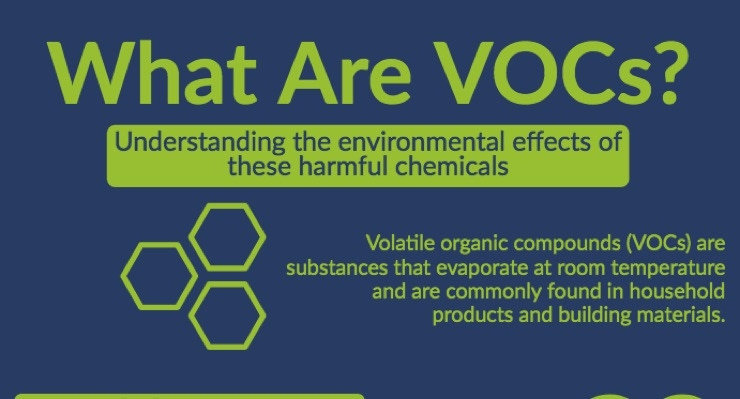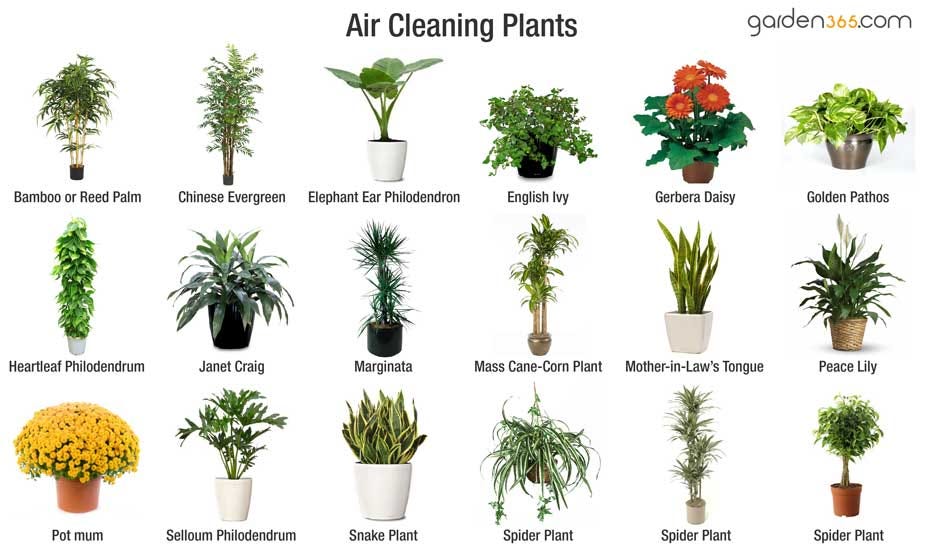
Poor indoor air quality is a chief cause of illness for individuals (Williams, 2012). Buildings are generally tightly sealed designed to conserve energy. However, contaminants from paint, carpets, and other building materials become trapped and circulate causing symptoms such as headaches, sore throat, and respiratory problems (Williams, 2012).

Volatile organic compounds (VOCs) are common indoor air pollutants that evaporate easily. Williams (2012) indicated that indoor air typically contains 30 to 100 different VOCs that are easily measurable. Increased numbers of people are exhibiting symptoms of environmental illness related to poor air quality (Williams, 2012). Thus, it is essential to develop interventions to help reduce/mitigate VOCs.

Plants have the capacity to remove VOCs in the air. An interesting study was cited by Williams (2012) whereby NASA developed a tightly sealed room designed with materials to mimic those found in buildings and homes. VOCs were identified and measured before plants were placed in the room, and afterwards. Results indicated a marked reduction in VOCs, specifically formaldehyde, a common VOC found in homes and buildings.

Williams (2012) indicated 50 houseplants found to remove a variety of toxic gases from sealed test chambers. Ten of the most efficient toxin-consuming plants were the Boston fern, gerbera daisy, dwarf date palm, bamboo palm, rubber plant, English ivy, weeping fig, peace lily, areca palm, and schefflera (Williams, 2012).
In conclusion, homes and buildings are known to have VOCs which cause both mild and severe symptoms. Thus, it is essential to develop methods in managing said VOCs when and where possible. Implementation of plants in an individual’s home may be a simple first step in helping achieve such an end.
References
Reisner, E. G., & Reisner, H. M. (2017). An introduction to human disease: Pathology and pathophysiology correlations (10th ed.). Burlington, MA: Jones & Bartlett Learning.
Williams, R. M. (2012). Health risks & environmental issues. Townsend Letter, 345, 36-38.
